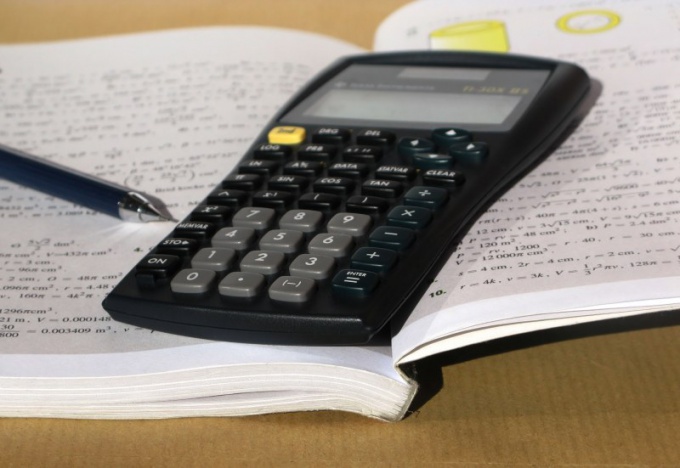You will need
- - the benchmark;
- indicators after a certain period of time;
- calculator.
Instruction
1
Take baseline. Define the frequency of withdrawals of the remaining indicators. If you need to count, for example, the dynamics of income growth over the last ten years, take as a basis the first year and the rest are annual averages. However, when calculating the dynamics of the process in different Sciences use different units of time, from millions of years in Geology to fractional seconds in nuclear physics.
2
Compare the second result with the first. The difference will be an indicator of change. Similarly, subtract from the third indicator of the second, etc. dynamic can be both positive and negative. The second option is obtained when the subsequent parameters is less than the previous one. For example, if you expect the dynamics of the decay of the speed.
3
To visualize the dynamics more clearly, build a line graph. For the point of intersection of the coordinates take the original figure. On the x-axis postpone the indicators of time during which measurements are conducted. The y-axis is used to denote the results of measurements. On this axis here I put baseline. To apply the following indicator, raise a perpendicular from the following labels to the x-axis and mark on it the desired result. Similarly, designate a few more measurements. Points connect line. Most likely, it will broken.
4
The dynamics can be represented in chart form. This enables many computer programs, including the most common, such as Microsoft Word or Excel. By calling the appropriate menu, you have the opportunity to choose the type of chart and enter in through the Windows of the existing values.
5
Sometimes it is required to calculate the dynamics in percentage. 100% take baseline. Calculate the difference between the baseline and the following indicators. Solve the proportion by dividing the difference of indicators at baseline and multiplying by 100%. It is possible to act differently, calculating how much percent of the original amount to the following figure, and then calculate the difference.
Note
The graph, note the scale. It is, of course, means little to compute, but can greatly affect the appearance of the work. All figures should be in the same units.
Intervals should be equal. Although in some cases it is recommended to use non-uniform scale.
Intervals should be equal. Although in some cases it is recommended to use non-uniform scale.
Useful advice
The dynamics can be represented in the form of a table. Assume in this case nothing. Create a table with two rows and the desired number of columns. In the top row write in respect of the time at the bottom - the data measurement process.
